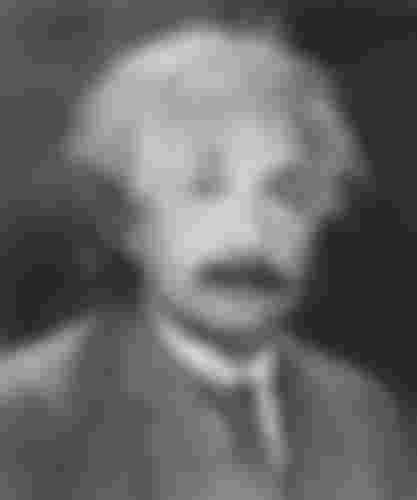General Relativity And Teaching Career .
At first Einstein’s 1905 papers were ignored by the physics community. This began to change after he received the attention of just one physicist, perhaps the most influential physicist of his generation, Max Planck, the founder of the quantum theory.

Soon, owing to Planck’s laudatory comments and to experiments that gradually confirmed his theories, Einstein was invited to lecture at international meetings, such as the Solvay Conferences, and he rose rapidly in the academic world. He was offered a series of positions at increasingly prestigious institutions, including the University of Zürich, the University of Prague, the Swiss Federal Institute of Technology, and finally the University of Berlin, where he served as director of the Kaiser Wilhelm Institute for Physics from 1913 to 1933 (although the opening of the institute was delayed until 1917).
Even as his fame spread, Einstein’s marriage was falling apart. He was constantly on the road, speaking at international conferences, and lost in contemplation of relativity. The couple argued frequently about their children and their meager finances. Convinced that his marriage was doomed, Einstein began an affair with a cousin, Elsa Löwenthal, whom he later married. (Elsa was a first cousin on his mother’s side and a second cousin on his father’s side.) When he finally divorced Mileva in 1919, he agreed to give her the money he might receive if he ever won a Nobel Prize.

One of the deep thoughts that consumed Einstein from 1905 to 1915 was a crucial flaw in his own theory: it made no mention of gravitation or acceleration. His friend Paul Ehrenfest had noticed a curious fact. If a disk is spinning, its rim travels faster than its centre, and hence (by special relativity) metre sticks placed on its circumference should shrink. This meant that Euclidean plane geometry must fail for the disk. For the next 10 years, Einstein would be absorbed with formulating a theory of gravity in terms of the curvature of space-time. To Einstein, Newton’s gravitational force was actually a by-product of a deeper reality: the bending of the fabric of space and time.
In November 1915 Einstein finally completed the general theory of relativity, which he considered to be his masterpiece. In the summer of 1915, Einstein had given six two-hour lectures at the University of Göttingen that thoroughly explained an incomplete version of general relativity that lacked a few necessary mathematical details. Much to Einstein’s consternation, the mathematician David Hilbert, who had organized the lectures at his university and had been corresponding with Einstein, then completed these details and submitted a paper in November on general relativity just five days before Einstein, as if the theory were his own. Later they patched up their differences and remained friends. Einstein would write to Hilbert,
I struggled against a resulting sense of bitterness, and I did so with complete success. I once more think of you in unclouded friendship, and would ask you to try to do likewise toward me.
Today physicists refer to the action from which the equations are derived as the Einstein-Hilbert action, but the theory itself is attributed solely to Einstein.
Einstein was convinced that general relativity was correct because of its mathematical beauty and because it accurately predicted the precession of the perihelion of Mercury’s orbit around the Sun (see Mercury: Mercury in tests of relativity). His theory also predicted a measurable deflection of light around the Sun. As a consequence, he even offered to help fund an expedition to measure the deflection of starlight during an eclipse of the Sun.

Einstein, Albert
Albert Einstein.
Encyclopædia Britannica, Inc.



Osom